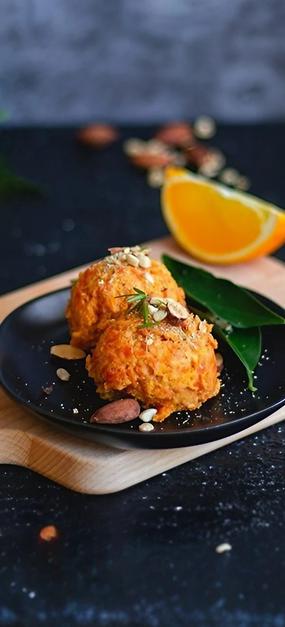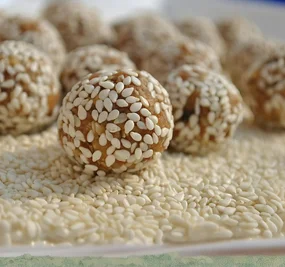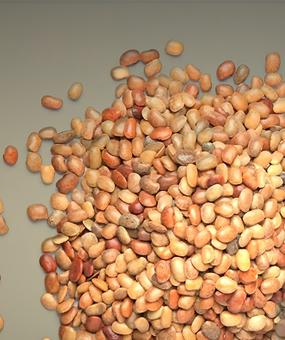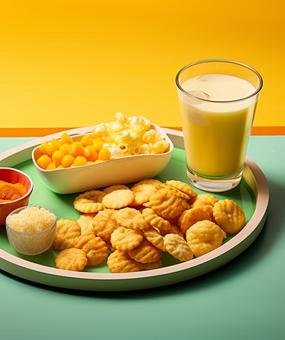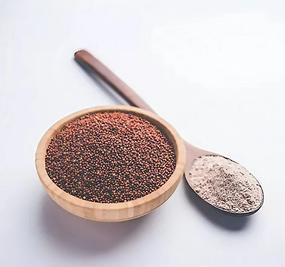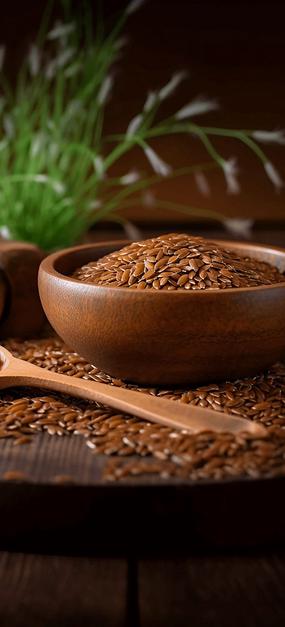We are all born with a unique constitution. As per Ayurveda, our body constitutes of five elements and three doshas (the bio-dynamic forces) – Vata, Pitta, and Kapha. When these three doshas are in balance, they correspond to your physical and mental traits and as a result, you enjoy good health.
At times, there is an imbalance in these three doshas. The imbalance can be due to improper diet, the influence of different times in a day, season among others.
Ayurveda helps you understand your body type and how to prevent and eliminate diseases. This is done by managing your diet and lifestyle according to your constitution.
Signs of pitta imbalance:
- Feel hungry and thirsty frequently
- Susceptible to migraines
- Experiencing spells of dizziness
- Experience hot flashes
- Feel nauseous on missing meals
If your answer is a yes, then you might have a pitta imbalance. What you need is pitta pacifying recipes and foods.
Protips:
- Eat bitter, astringent and sweet-tasting food to balance your pitta dosha. The diet recipes may contain milk and ghee.
- Eat your meals regularly. Keep a routine.
- Include sweet fruits over the sour ones in your pitta balancing recipes.
- Ensure you try out some pitta pacifying recipes.
Pitta balancing recipes
1) Bitter-Sweet Pitta Pacifying Salad
Ingredients:
- 1 cup red or white quinoa
- 2 cups water
- 1 large lemon
- ¼ teaspoon (tsp.) ground coriander
- ¼ tsp. ground cumin
- ¼ tsp. sweet paprika
- 2 medium firm-ripe butter fruit, peeled, and cut into half-inch chunks
- Freshly ground black pepper
- Salt to taste
How to prepare:
- Rinse the quinoa well with cold water.
- Cook the quinoa in a rice cooker with water till it becomes fluffy. Strain it and let it cool.
- Cut and add the butter fruit to it, and squeeze the lemon on to it.
- Add all the spices, and salt to taste.
- Toss the salad and serve.
Suggestions:
- Generally, most sweet and bitter vegetables may be used for the pitta recipes. You may choose from these vegetables – beets, bitter melon, broccoli, Brussels sprouts, cabbage, cauliflower, celery, cilantro, cucumber, green beans, leafy greens, lettuce, okra, peas, peppers, sweet and white potatoes, pomegranates, prunes, and raisins.
- As part of the salad dressing, you may choose from among coconut milk (thick), pepper, ginger, chopped basil, and salt.
2) Pumpkin, Herbs & Spices Soup
Ingredients:
- 1 cup finely-diced white pumpkin
- 1 cup thinly-cut green beans
- ¼ cup moong dal (green gram)
- ½ inch fresh ginger, grated
- ¼ teaspoon of ground cumin
- ¼ teaspoon of turmeric
- ¼ teaspoon of ground black pepper
- ¼ teaspoon of ground coriander
- Fresh herbs such as parsley, mint, and rosemary to taste
How to prepare:
- Boil the white pumpkin and beans. Since beans take longer, you may cook it separately.
- Cook the moong dal, and add to the vegetables.
- Add the herbs and spices.
- Mash the mixture with a masher, and serve hot.
3) Khichdi (rice and lentils mix)
Ingredients:
- ¾ cup unpolished white rice or jasmine rice
- ½ cup split moong dal (green gram lentils)
For sautéing and garnish:
- 1 tsp. cumin
- ¼ tsp. turmeric
- 2 tsp. coriander
- 1 tsp. cinnamon
- A few curry leaves
- Black pepper
- Rock salt
- Ghee
How to prepare:
- For one portion of rice and moong, add 3 times as much water and cook on a low fire.
- If required, add more water while cooking.
- Add sauté and salt to taste.
- Add ghee.
Suggestions:
- Khichdi, prepared with old rice and split moong dal, is beneficial for fevers or stomach ailments.
- It is advisable to eat it with ghee or butter throughout pregnancy.
- White rice, used in this Ayurvedic recipe for pitta balancing should be unpolished and unbleached. It has a sweet, cooling and nourishing effect and is easy-to-digest.
- Jasmine rice is cooling in energy and can be supportive to cleansing.
4) Green Beans with Turmeric and Ginger
Ingredients:
- 3 cups green beans cut to ½ inch pieces
- ½ cup water
- 2 tablespoons (tbsp.) ghee
- 2 tbsp. fresh ginger, minced
- A pinch of hing (asafetida)
- ½ tsp. mustard seeds
- 1 tsp. turmeric
- Salt to taste
- Lemon juice
How to prepare:
- Boil the green beans in a pan with water. Add a pinch of salt and stir.
- Wait till the beans are tender and then turn off the flame.
- Warm the ghee and add the spices. Once the mustard seeds pop, add the turmeric powder and hing. Also, add ginger. Once, a warm aroma fills the room, transfer the contents to the beans.
- Mix the contents, and adjust the salt to suit your taste.
- Sprinkle some lemon juice over it.
- It is ready to serve.
5) Milk and Rice Kheer (broken rice pudding)
Ingredients:
- ½ cup raw red rice
- 4 cups milk
- 1 tsp. cashew nuts
- 1 tsp. raisins
- 3 green cardamoms
- 1 tsp. brown or candy sugar
- 1 tsp. ghee
How to prepare:
- Soak the broken red rice in water for 2 hours.
- Add the rice, drained of the water, into the milk and boil it.
- Once the mixture thickens, add the sugar.
- Sauté the cashews in ghee, till it turns golden brown. Then, add the raisins and sauté.
- Add these to the thick mixture.
- Serve hot.
These pitta recipes can help neutralize and stabilize the nauseating and hot feelings caused by the imbalance. Some Ayurvedic therapies may also help you balance pitta dosha with the diet recipes.
You can learn more through the wellness program, Ayur Jagruti, or enroll in an Ayurvedic cooking course.
For any enquire about Ayurvedic cooking courses, write to us: ayurvediccooking@vvmvp.org.
For any enquire about the Ayur Jagruti program, write to us: ayurjagruti@vvki.org.
Based on inputs from Dr. Sharika Menon, Ayurvaidya.




